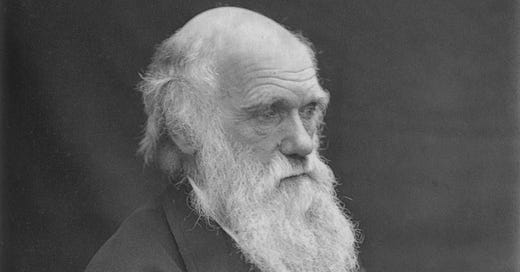The Creationist assault on the theory of evolution is an all-too-familiar feature of today’s culture. One widespread claim that the opponents of evolution have advanced is the notion that evolution is “just a theory”—that is, that evolution is just a speculative hypothesis, a crazy idea that Charles Darwin dreamed up one day in his study but that has li…
Keep reading with a 7-day free trial
Subscribe to The Objective Standard to keep reading this post and get 7 days of free access to the full post archives.



